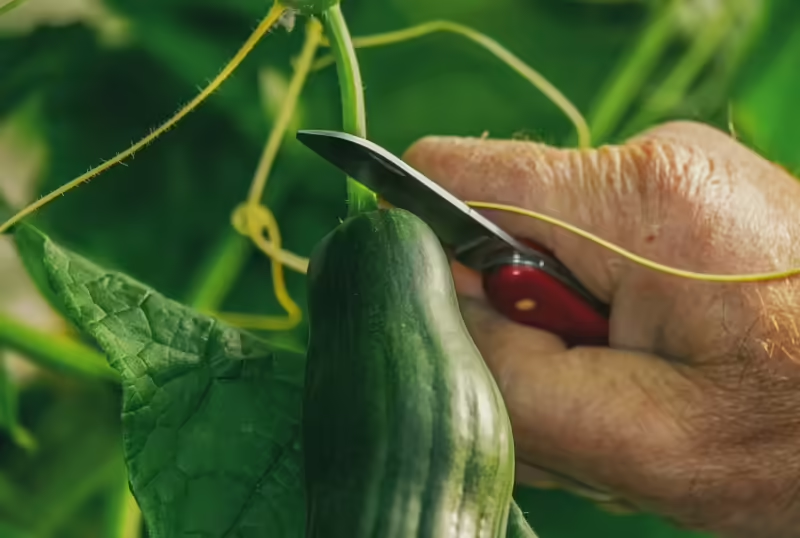Losing sleep over labour costs?
Labour is the single largest input cost in horticulture, making it an obvious target for cost savings in an industry where profit margins are continually under pressure. However, most in the field will tell you that achieving these savings is far from straightforward.
While there has been some relief from freight and chemical costs that blew out during covid, the cost of labour continues to rise. It’s a worldwide issue, with the recent Irish Teagasc Horticulture Crop Input Prices report stating “labour cost is the key driver of inflation and outweighs reductions in other input categories including energy”. For some in New Zealand, the cost as a percentage of business costs has doubled in recent years (ref. Submission on Minimum Wage Review 2022 – Horticulture New Zealand).
The NZ report concludes “increasing productivity is the only sustainable means of absorbing extra costs but increasing wages does not of itself increase worker productivity, i.e. the rate at which food crops are picked and processed”.
Automation
While robotics and mechanical automation become more common place, it remains that “growers are currently using more labour to do the same job than a decade ago” (ref. Level Up Hort Season 2023 Nation Vegetable and Onion Benchmark report). Legislative changes in Australia mean it “It’s also taking more labour to do the same job than it was five to 10 years ago” according to the Level Up report.
The return on investment of mechanical automation is tangible, however the capital outlay is often significant. Digital automation comes at much lower price point than mechanical automation. Digital automation puts the power to reduce labour costs in the hands of growers. Some organisations using ABC Software’s worker management software, ABCgrower, are reporting reductions in labour costs of 30%.
Worker management
ABCgrower is a software solution to capture workers time and task digitally. It improves accuracy and reduces admin for record-keeping tasks that are legislated requirements, such as worker time and task. The software automates calculations, for example overtime liability in Australia. It takes the recorded information and reports it back in a number of reports so growers can see the productivity of each workers and their work crews and how much it is costing to harvest or maintain a block. This allows growers to make informed decisions, and this is where the greatest labour savings are made. For example, which workers need additional training? Who are my best performers and are candidates for upskilling? Should I harvest this block tomorrow, or allocate labour elsewhere?
A digital solution builds trust. Robust processes mean less opportunity for workers to cut corners, and more transparency means they have confidence they are being paid correctly and fairly. Digital solutions offer options for incentives, for example paying harvest hourly with a bonus for more containers picked.
Digital automation
A digital solution builds trust. Robust processes mean less opportunity for workers to cut corners, and more transparency means they have confidence they are being paid correctly and fairly. Digital solutions offer options for incentives, for example paying harvest hourly with a bonus for more containers picked.
You might not think of software solutions when you think of automation, however digital automation is an important facet, and one with lower price point, fast ROI, and significant potential gains. Software solutions such as ABCgrower put the power to reduce labour costs in your hands.
